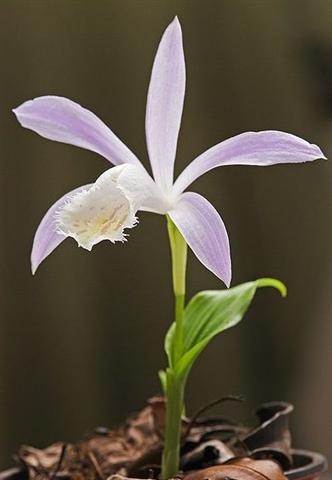6. The logic of myth is using contrast, and there is a contrast between Jupiter, the father of light(ning) high up in the sky, and Venus who was born from the foam of the sea (definitely as far down as you can get without being submerged and out of view). Thursday is high up and male while Friday is low down and female. This pattern means that the Atlas Mountains must correspond to Jupiter and that the Tartessos region must correspond to Venus, i.e. they can be 'mapped' by the stars Atlas and Pleione. "The etymology of the name Atlas is uncertain and still debated. Virgil took pleasure in translating etymologies of Greek names by combining them with adjectives that explained them: for Atlas his adjective is durus, 'hard, enduring', which suggested to George Doig that Virgil was aware of the Greek τλήναι 'to endure'; Doig offers the further possibility that Virgil was aware of Strabo's remark that the native North African name for this mountain was Douris. Since the Atlas mountains rise in the region inhabited by Berbers, it has been suggested that the name might be taken from one of the Berber languages, specifically adrar, Berber for 'mountain'. Some modern linguists derive it and its Greek root from the Proto-Indo-European root *tel, 'to uphold, support' ... Others hold it is pre-Indo-European, or Pelasgian in origin, associated with the word 'thalassa', meaning 'sea' ..." (Wikipedia) The last idea is obviously wrong, a mountain range cannot have a name meaning 'sea', and, indeed, we can discard all the modern linguists because they are not using the logic of myth. Instead 'hard, enduring' (like the wood of an oak) is the likely explanation. As to the etymology of Pleione (which should be the origin of the name of the Pleiades) the following alternatives are offered by Wikipedia: "When names were assigned to the stars in the Pleiades cluster, the bright pair of stars in the East of the cluster were named Atlas and Pleione, while the seven other bright stars were named after the mythological Pleiades (the 'Seven Sisters'). The term 'Pleiades' was used by Valerius Flaccus to apply to the cluster as a whole, and Riccioli called the star Mater Pleione. There is some diversity of opinion as to the origin of the names Pleione and Pleiades. There are three possible derivations of note. Foremost is that both names come from the Greek word πλειν ... meaning 'to sail'. This is particularly plausible given that ancient Greece was a seafaring culture and because of Pleione's mythical status as an Oceanid nymph. Pleione, as a result, is sometimes referred to as the 'sailing queen' while her daughters [are] the 'sailing ones'. Also, the appearance of these stars coincided with the sailing season in antiquity; sailors were well advised to set sail only when the Pleiades were visible at night, lest they meet with misfortune. Another derivation of the name is the Greek word Πλειόνη ... meaning 'more', 'plenty', or 'full' - a lexeme with many English derivatives like pleiotropy, pleomorphism, pleonasm, pleonexia, plethora and Pliocene. This meaning also coincides with the biblical Kīmāh and the Arabic word for the Pleiades - Al Thurayya. In fact, Pleione may have been numbered amongst the Epimelides (nymphs of meadows and pastures) and presided over the multiplication of the animals, as her name means 'to increase in number' ..." I wish to add a further alternative (which does not exclude those above), viz. that the name of the orchid Pleione should be considered:
The Pleione orchids are also named 'Peacock orchids'. And the visual display of this flower in a way corresponds to the visual display of a Peacock (Pavo). I therefore guess we can associate α Pavonis (the Peacock star) with Venus:
The back side of the G text could be female in character, because the Pavo constellation is far down in the south. It represents the opposite of a high mountain stretching up to the roof of the sky. Perhaps the pair Atlas (upholding the sky) and Pleione (his 'flower') are to be understood as personifications of the first respectively the second half of the year. First the sky roof is raised high and light is entering, then the time of 'fruits' will come. Their daughters could then represent a further subdivision of the cycle, either in 6 or in 7 seasons. |


